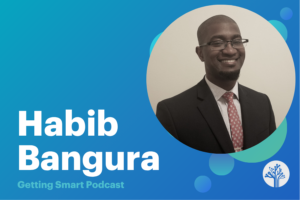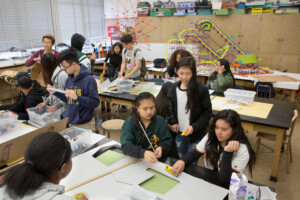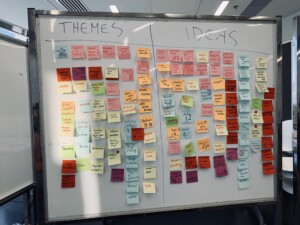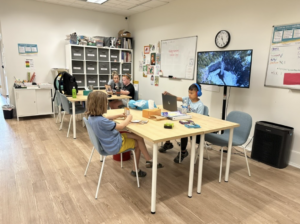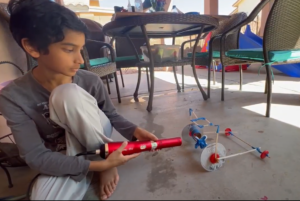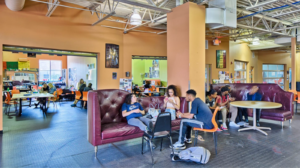math
Green Workforce Connect and Building Green Pathways with Cynthia Finley
Exploring green pathways with Cynthia Finley from IREC, discussing career maps, transferable skills, and how to connect learners to clean energy jobs.
Career Pathways In A Rapidly Changing World: US Career Pathways Story
Learn about the changing mentality around college and careers in the U.S. Understand the impact of cost and available options.
What is Efficacy Research in Education and How Do I Know if Edtech is Really Working?
Elevate the quality of non-RCT edtech research by explaining the mismatch to and highlighting the value and learnings that come from contextualized, mixed-method, rapid cycle studies.
12 Shifts to Move from Teacher-Led to Student-Centered Environments
Kyle Wagner observes 12 fundamental shifts that can take a classroom from being a teacher-led experience to an engaging student-led one.
Microschools Changing the Phoenix Education Landscape
Our recent visits to microschools in Phoenix illuminate the flexible and highly-personalized nature of small school models.
Passion Projects and Peer Feedback: A Recipe for Work That Matters
In our latest check-in on Khan World School, we observe inspiring student-led projects, inquiry-based learning and personalized experiences.
Building An Authentic Learning Culture Starts With Imperfection and Vulnerability
Aaron Schorn and Mike Yates highlight how to change learner perception of vulnerability and radically transform your classroom.
Khan World School – One Year Later
Multiple education innovations are converging rapidly to build better experiences for all young people. The microschool movement, long established but accelerated by the pandemic, has led to the launch of hundreds of new small learning environments across the country. Artificial intelligence promises to improve personalizing learning, provide every…
Recording Arts as Reengagement, Social Justice and Pathway
David “TC” Ellis dreamed about a new kind of high school that would reengage learners through musicology and alongside colleagues opened the High School for Recording Arts in 1998. Getting Smart staff shares more on this journey.
Empowering Math Teachers to be Culturally Responsive
Tanaga Rodgers details the importance of empowering math teachers to be culturally responsive.


